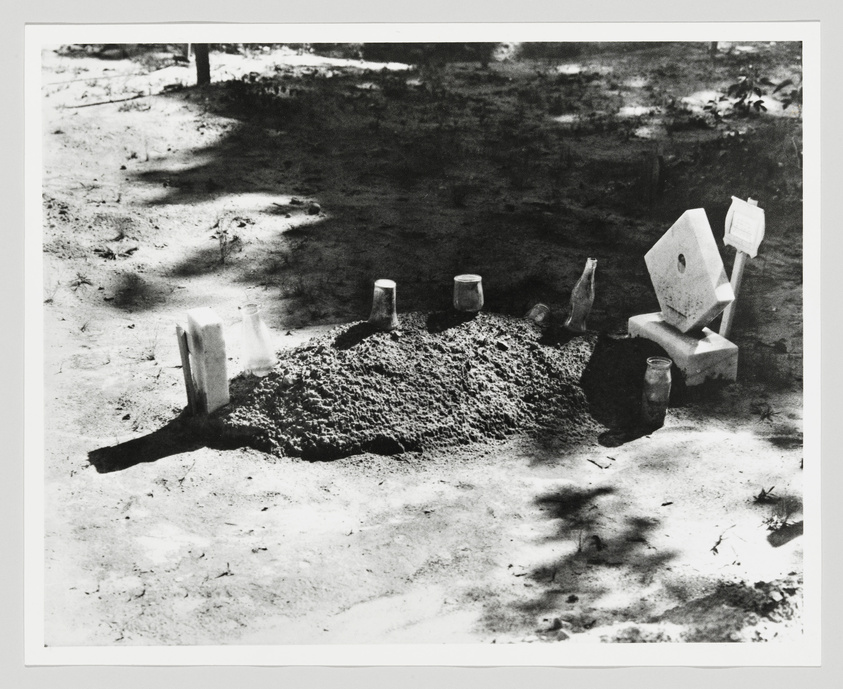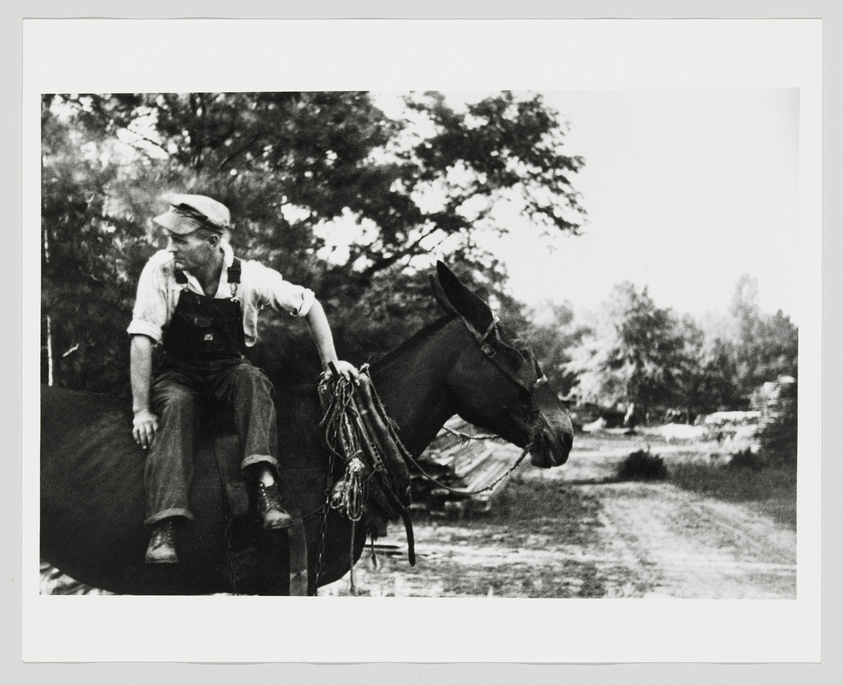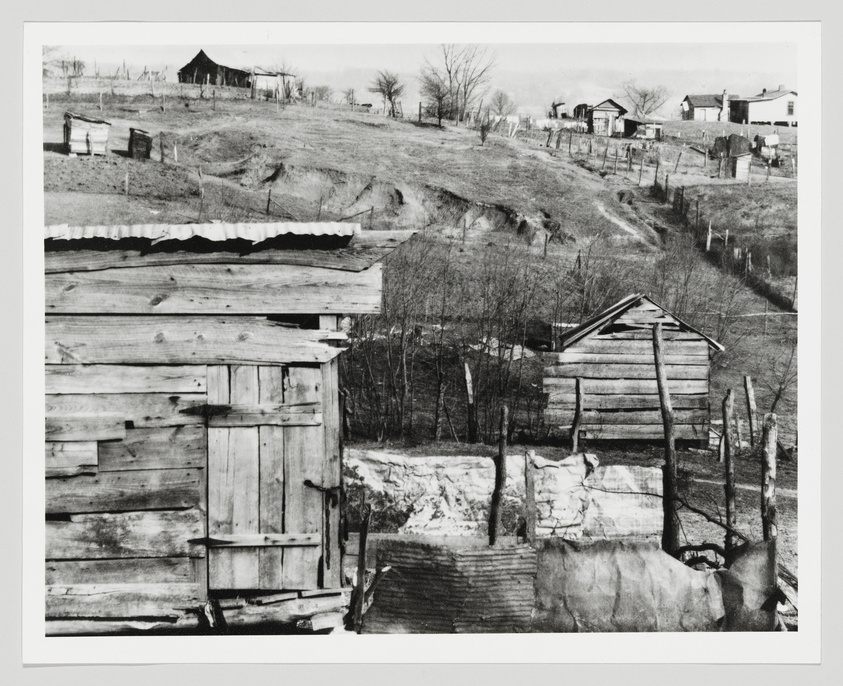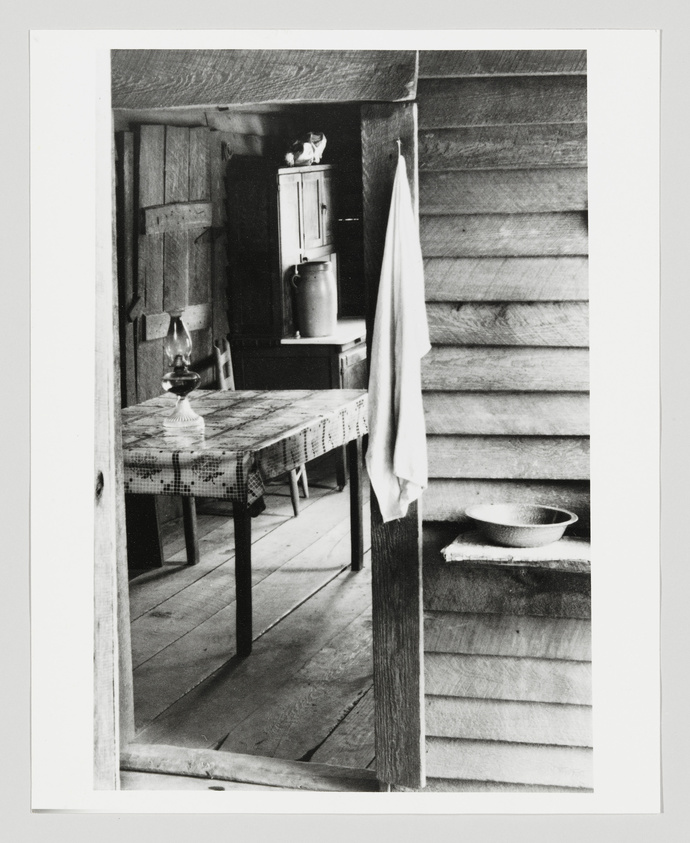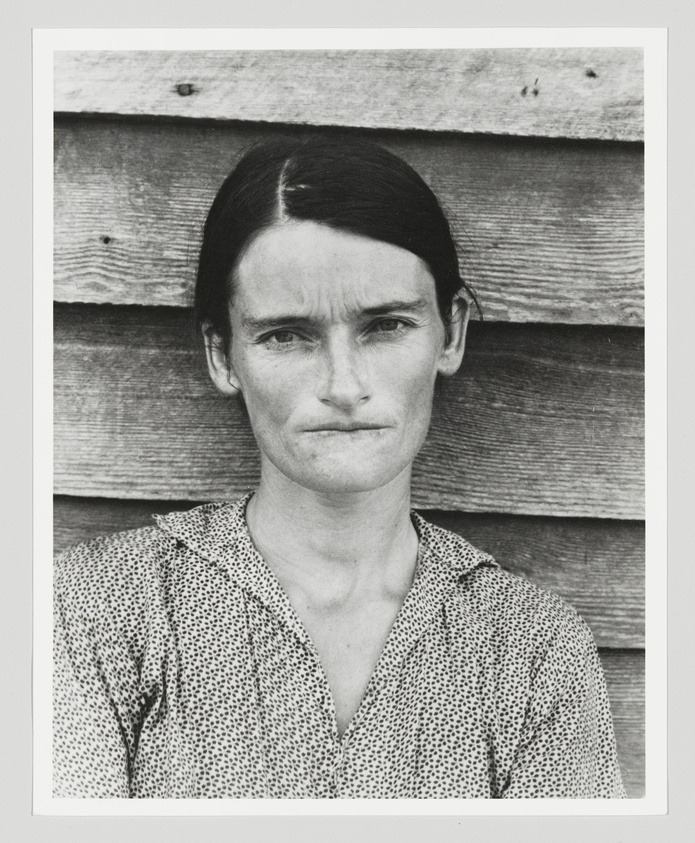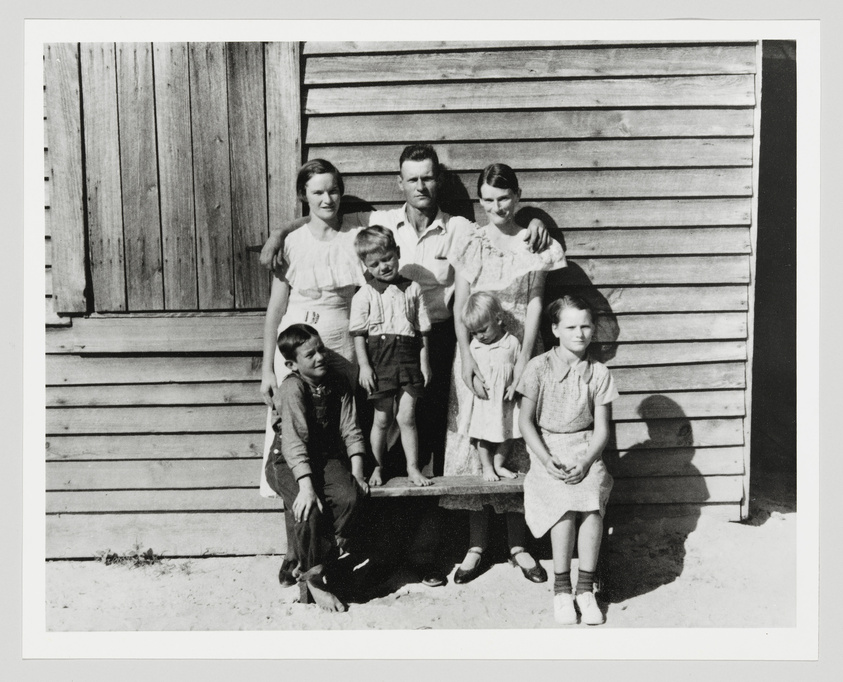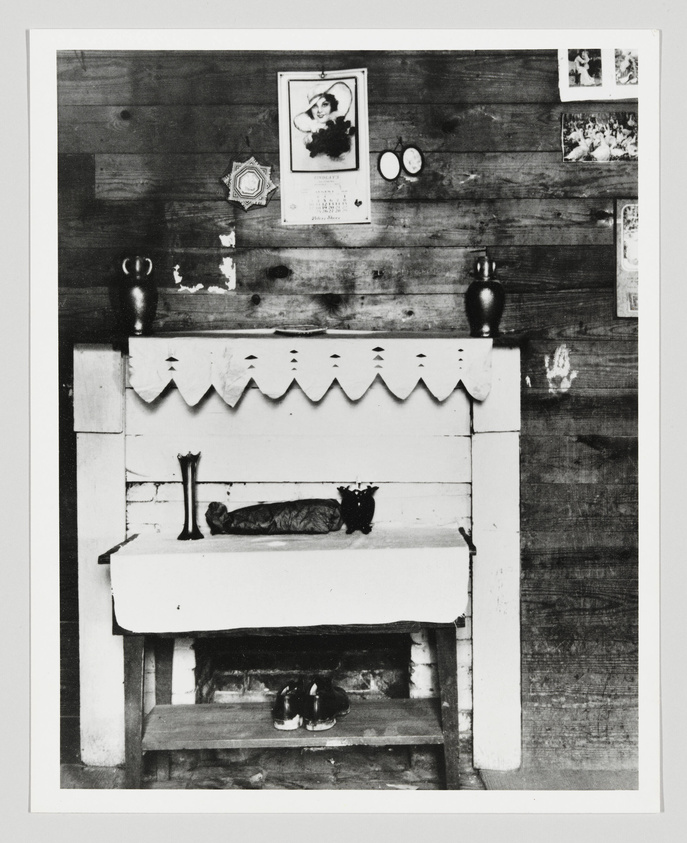0:00
Sherrie Levine, After Walker Evans 1–22, 1981, printed 2010
0:00
Narrator: In 1981, Levine drew upon Depression-era photographs by Walker Evans. The result was, After Walker Evans 1–22. The individual photographs are known as Untitled (After Walker Evans).
Johanna Burton: Untitled (After Walker Evans) would indicate that she took the Walker Evans as a kind of model or a kind of foundation for her own work.
Narrator: Johanna Burton.
Johanna Burton: It's an old historical tradition that shows both a kind of transparency in terms of showing what it is that you're using as a source, but also shows, that you don't have a fidelity to it. So that there's a certain amount of porousness between those two objects. It's not an exact replica, even if it looks like it might be.
Narrator: Artists have often relied on art-historical precedents—but Levine is extreme in the directness of her reliance. The visual difference between the Evans and Levine photographs is slight but rea—and the conceptual difference is considerable. Historically, documentary photographs like those Evans made were understood to be somewhat transparent—to present an image of the world as it was. By contrast, when a female artist transforms those images fifty years later, what’s clear is that nothing is straightforward. The work foregrounds issues of gender and authority. It makes us question whether or not the photographs by Evans were ever so transparent—or if their subject was always the artist himself as well as the people and landscapes before his lens. And it calls into question what an “original” photograph might be in the first place.
